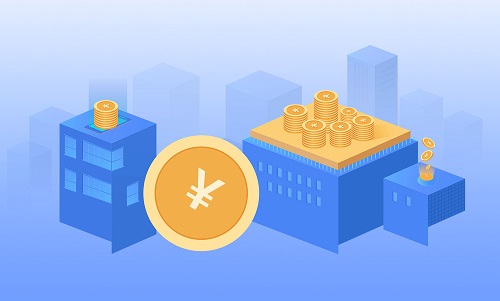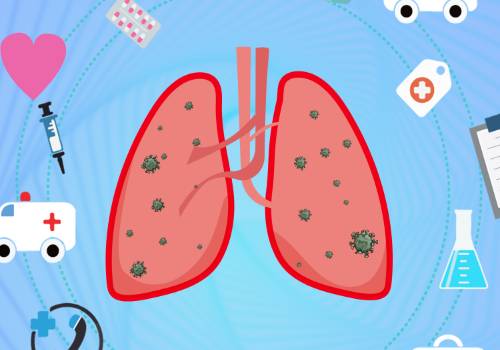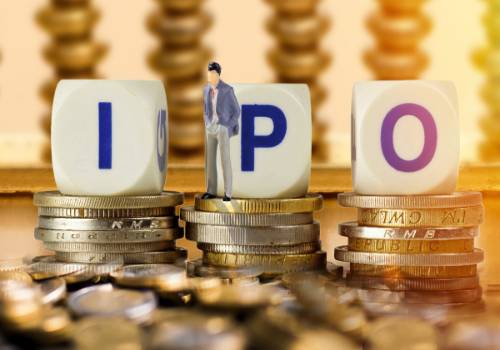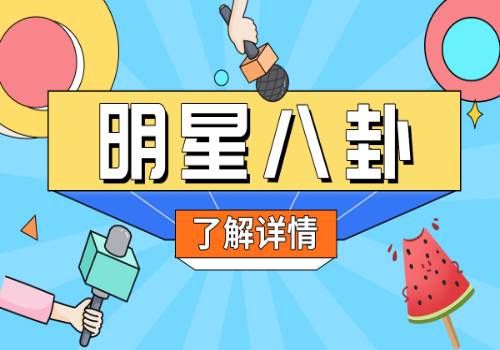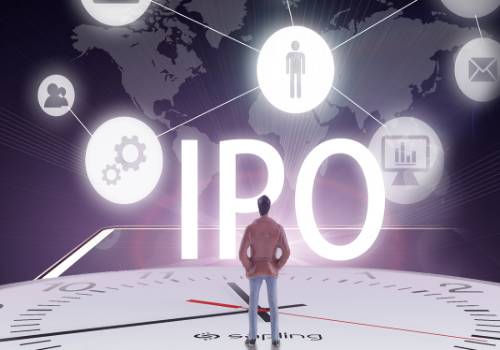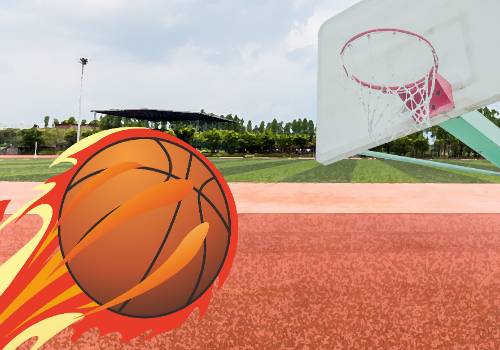Honda Aims to Produce Solid State Batteries in 2024_环球观察
Image source: China Visual
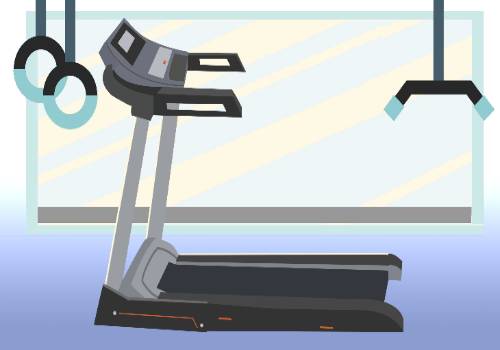 (资料图片)
(资料图片)
BEIJING, April 28 (TMTPOST)-- Honda Motor will begin the operation of a pilot production line for all-solid-state batteries in 2024, which will used in their EV models after 2025, according to an announcement made on Wednesday.
Honda is transitioning to electrification, with a goal of making more than 2 million EVs a year by 2030, phasing out fuel cars and producing battery-electric and hydrogen-electric vehicles only by 2040.
Honda plans to develop its region-based battery capacity to accelerate its electrification. In North America, Honda has teamed up with GM to purchase its electric-vehicle battery packs. It also announced a plan to establish a joint venture with LG Energy Solution, a South Korean battery company. In China and Japan, Honda"s battery suppliers are Contemporary Amperex Technology (CATL) and Envision AESC, respectively.
Honda Motor also sets its sights on future battery technology by investing in a battery R&D startup to jointly develop semi-solid-state batteries.
The four main materials of lithium-ion batteries are anode, cathode, electrolyte solution and separator, with the first two determining the energy densities of batteries, and the last two promoting the movement of ions to complete energy conversion without electron short circuit. The main difference between solid-state batteries and lithium-ion batteries is their electrolyte solutions.
Some companies that announced mass production of all-solid-state batteries actually meant semi-solid-state batteries,including NIO and Ganfeng Lithium Group.
The all-solid-state battery replaces liquid electrolytes with solid electrolytes, and since there is no liquid at all, the safety of the battery will be fundamentally improved and can be matched with electrode materials with higher energy density. The weakness of a solid-state battery is difficulties for lithium ions to travel through the solid electrolyte.
On March 24, CATL said that many scientific problems of all-solid-state batteries still remain unsolved. SAIC Deputy Chief Engineer Zhu Jun also said on April 16 that they had invested in some solid-state battery startups, but has yet to see a breakthrough.
Japanese companies hope to bet on all-solid-state batteries to regain the upper hand in the market. They took the lead in commercializing liquid lithium-ion batteries, but were gradually overtaken by Korean and Chinese peers. Among the world"s top ten power battery companies, only Panasonic is Japan-based.
In 2018, Japan"s New Energy and Industrial Technology Development Organization (NEDO) developed all-solid-state batteries with more than 20 Japanese companies, including Honda Motor and Toyota Motor.
The commercialization of all-solid-state batteries is beset with difficulties. Toyota once planned to achieve experimental application of all-solid-state batteries to vehicles in 2020 and mass production in 2025. But the plan has been postponed.
Chinese companies are working to improve liquid lithium-ion battery technology. On April 19, CATL released a condensed battery with a maximum energy density of 500-Wh/kg, which is equivalent to the level of all-solid-state batteries.
According to Wu Kai, the chief scientist of CATL, the condensed battery is neither a semi-solid state battery nor an all-solid state battery. It uses electrolytes developed by the company itself.
Ouyang Minggao, an academician of the Chinese Academy of Sciences, believes that Chinese companies cannot ignore the R&D of all-solid-state battery. He predicted that by 2030 all-solid-state batteries would occupy 1% of the battery market.

